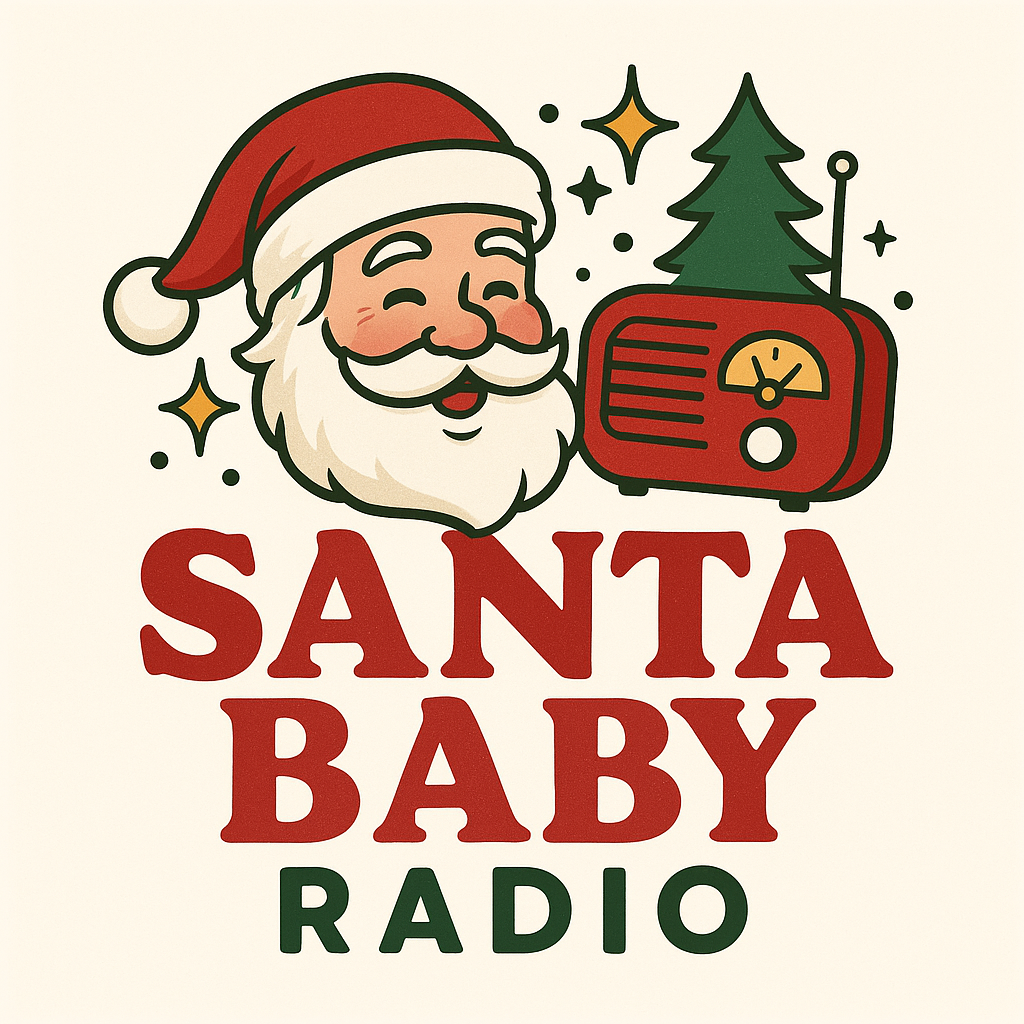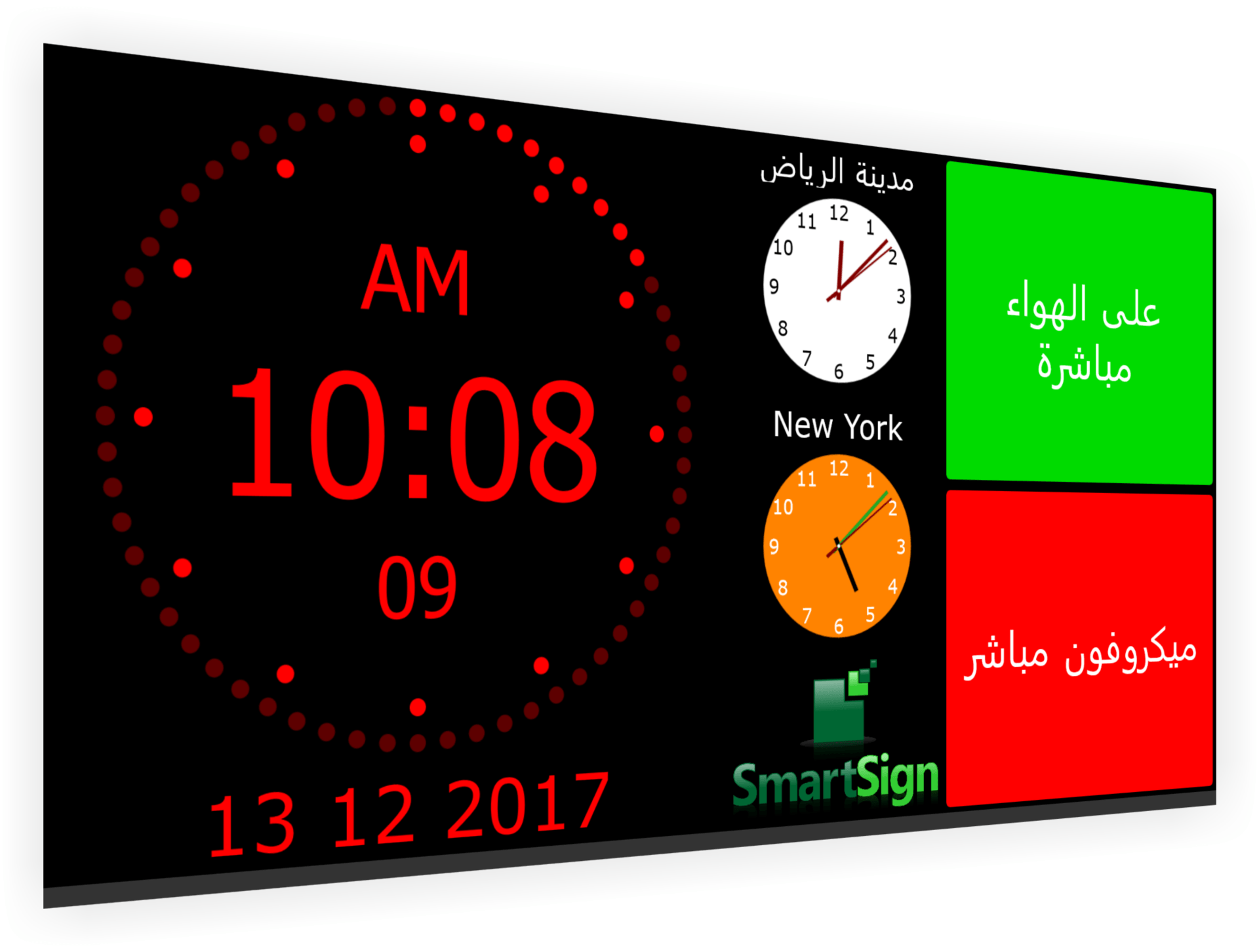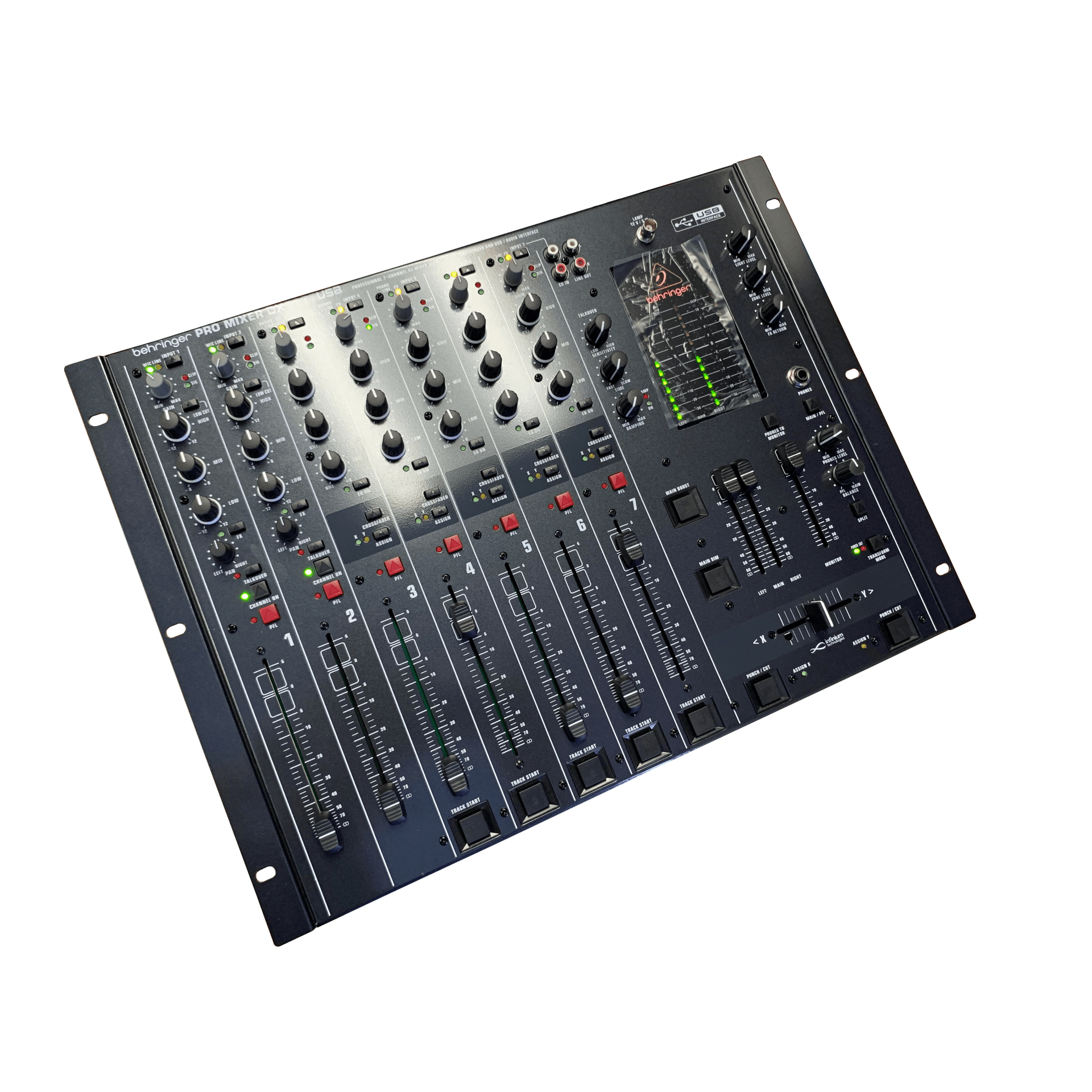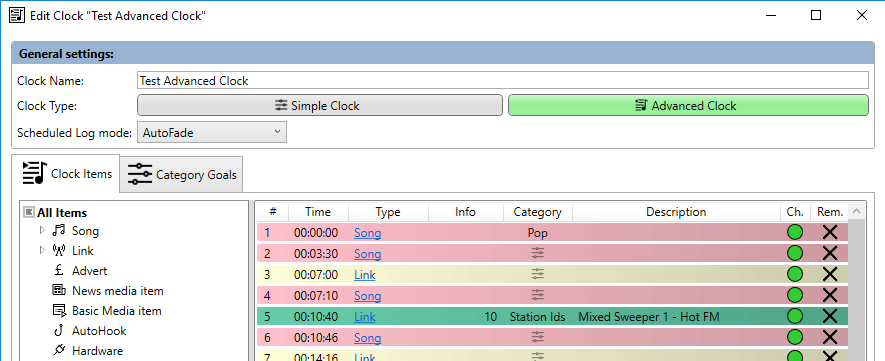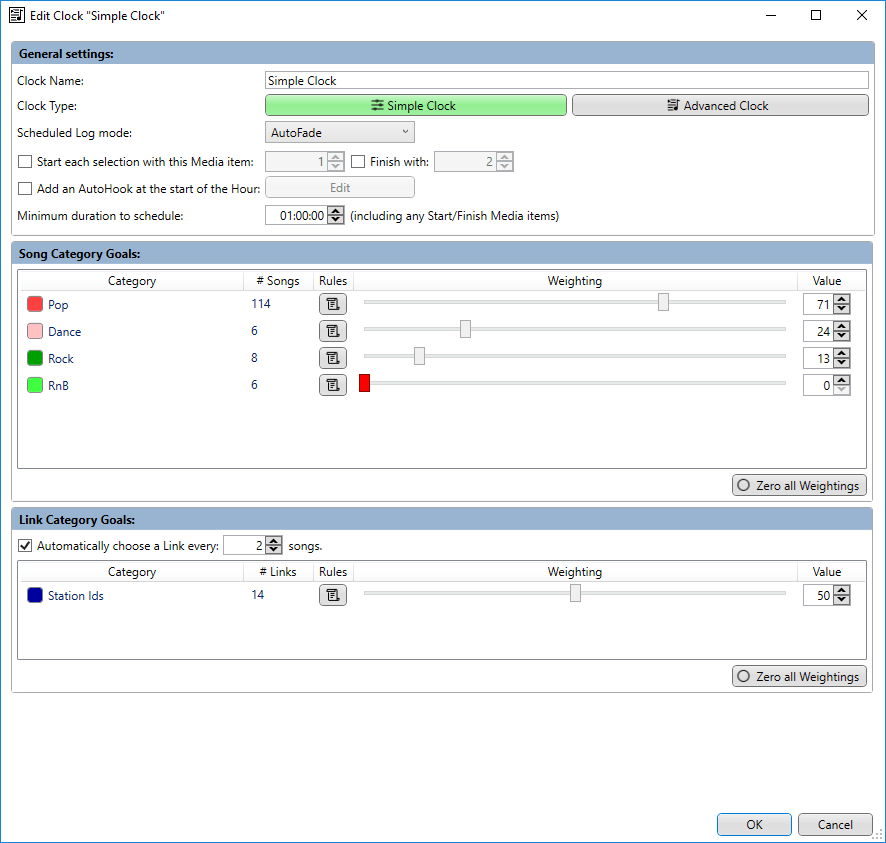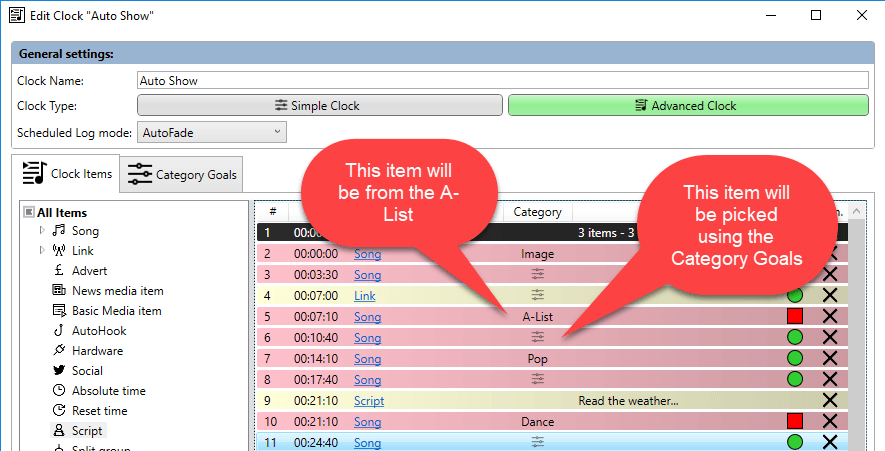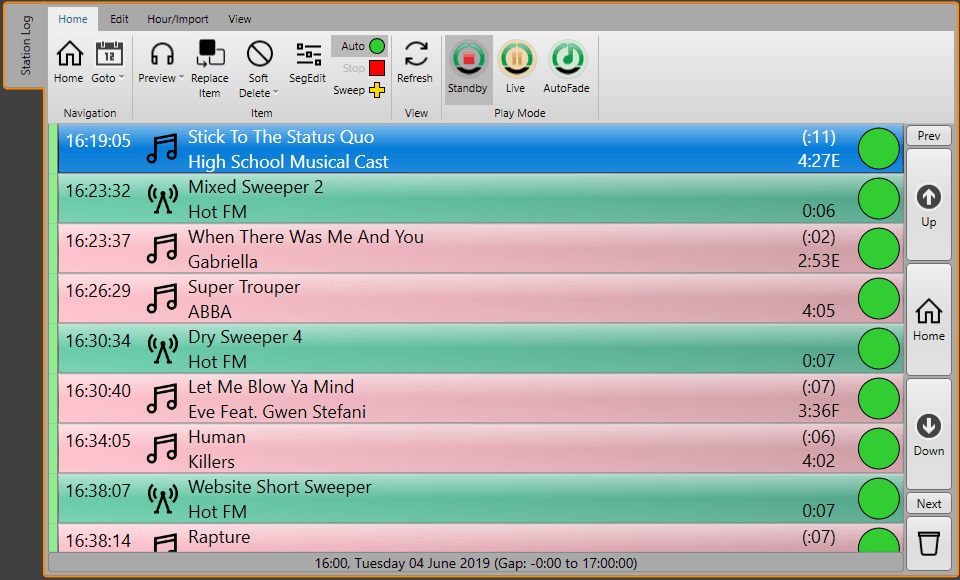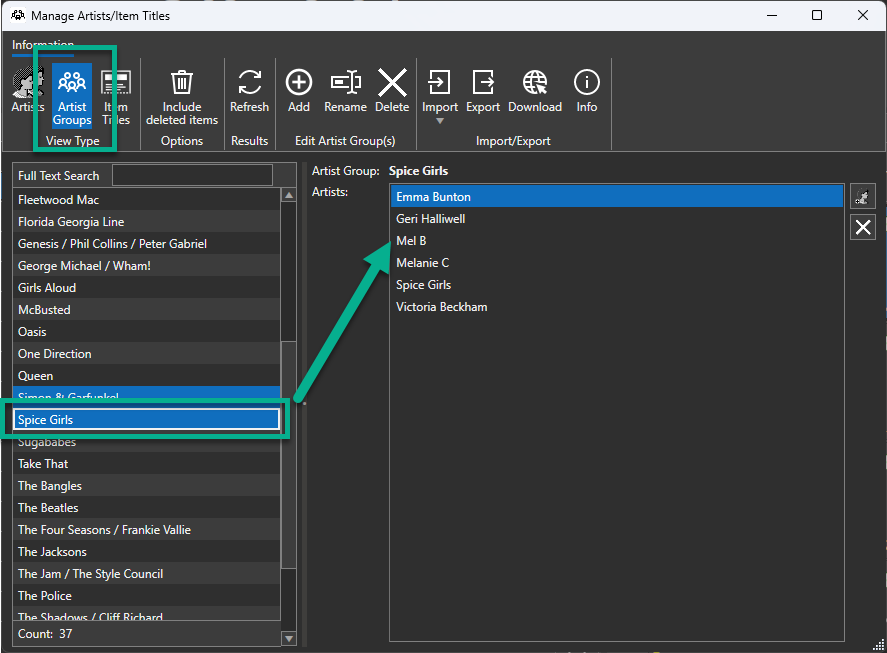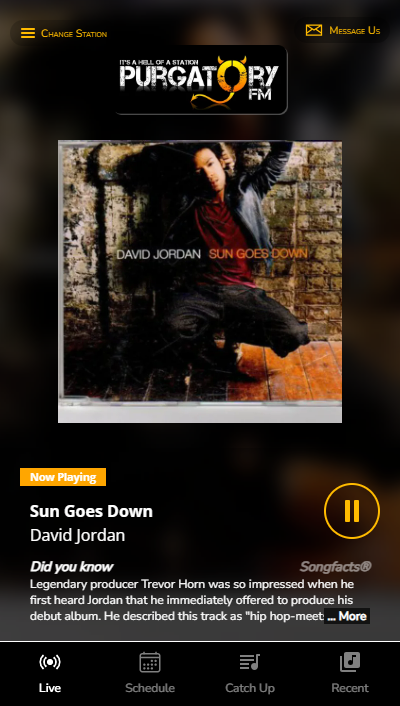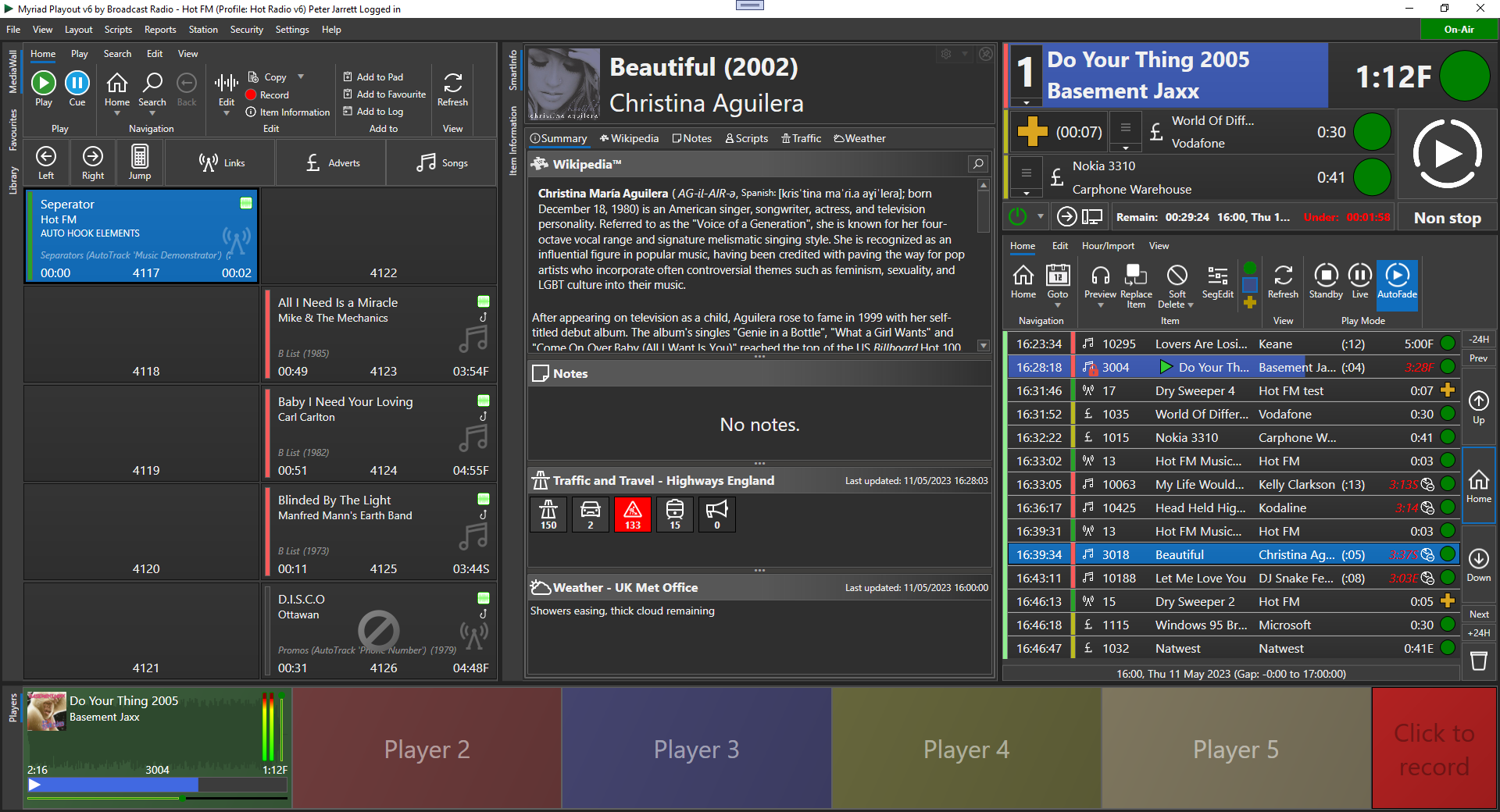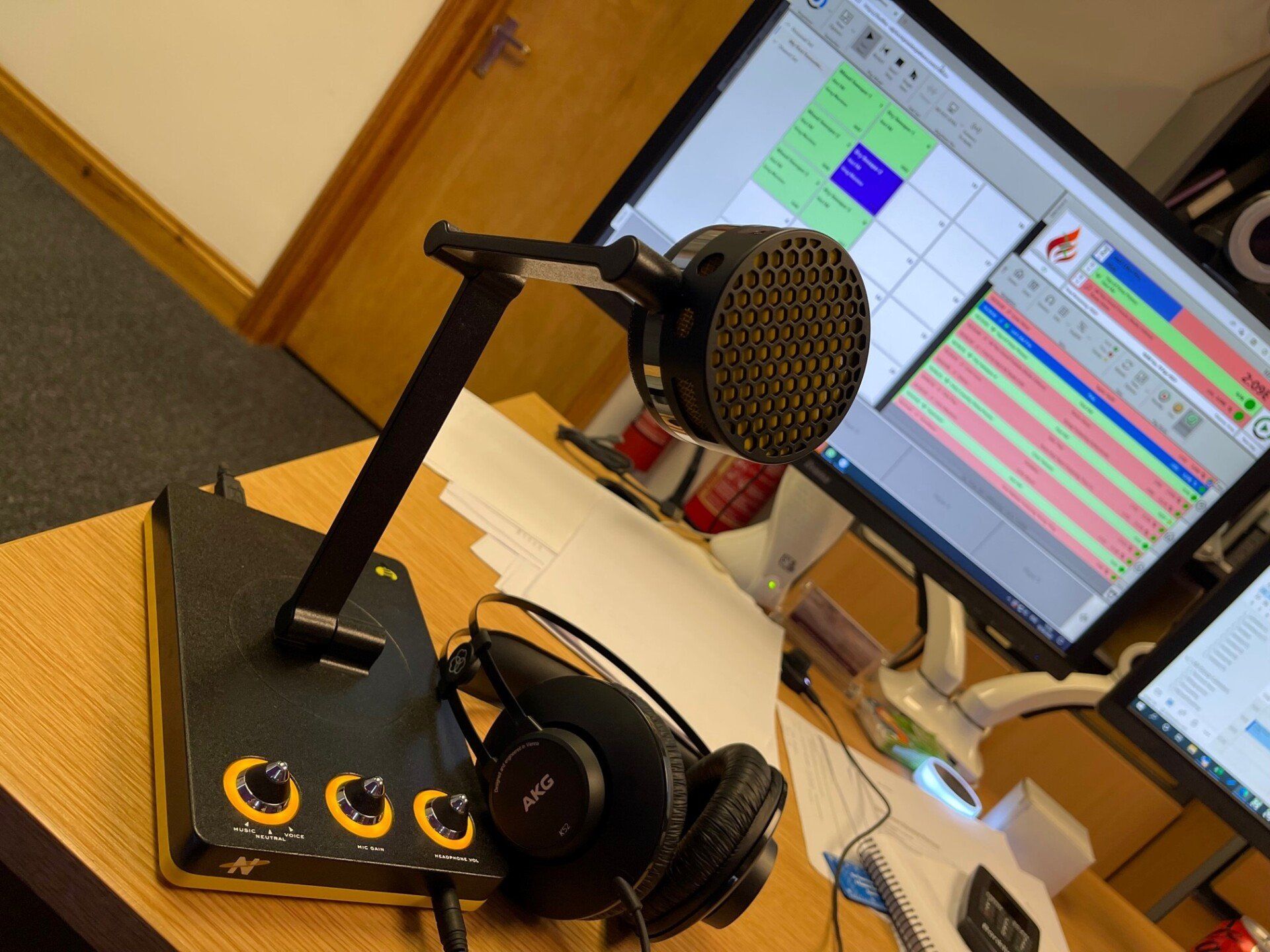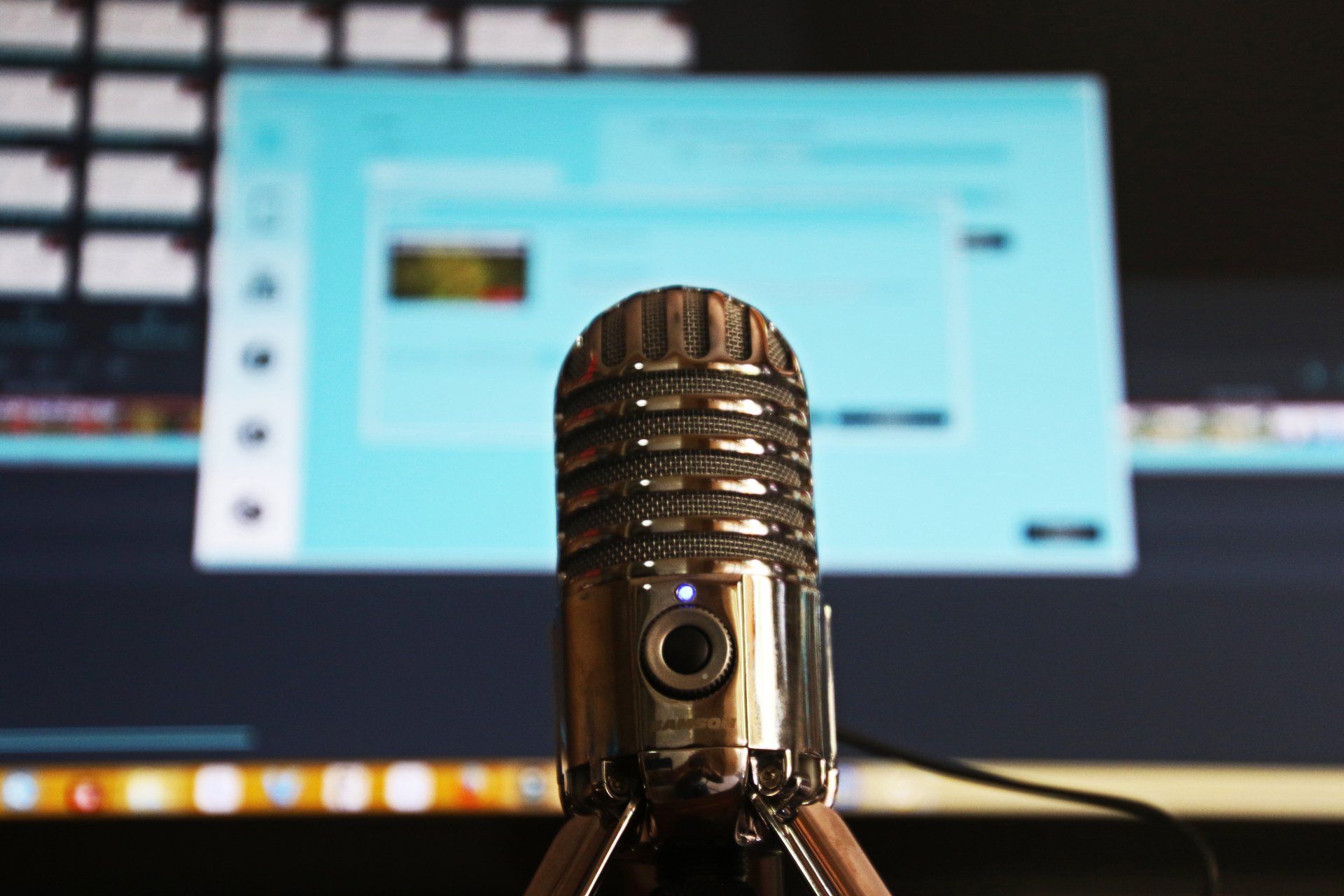Introducing Myriad Schedule
Get ready for the new, integrated music and link scheduling system built straight into Myriad 5 Playout.
Over the past few months, our team of software developers have been collaborating with our broadcast professionals and customers to develop the first evolution of a new generation of Music and Link scheduling system fully integrated and built right into Myriad Playout.
We are proud to give you a first look at Myriad Schedule.
Myriad Schedule is a powerful music and link scheduling tool built right into Myriad Playout. It is designed to offer a fully integrated alternative to AutoTrack Standard SE that simplifies the process of building and maintaining your stations scheduled output.
Rather than maintaining two linked databases of content (Media Wall and AutoTrack SE), Myriad Schedule uses the Media Wall directly to build it’s catalogue of schedulable content such as Songs, Links and Promos.
Content added to the Media Wall can be made available for scheduling immediately and changes you make will be reflected in real-time throughout the system. You can choose what content should be considered for scheduling (and mass change them if required) and even decide which hours a Song or Link should be able to be scheduled in!
Myriad Schedule also introduces an innovative approach to designing the sound of your station with the introduction of Simple and Advanced Clocks.
Simple Clocks are designed for shows that need to adhere to a specific mix of music categories and jingles but do not require specific structure to the hours. You simply set some goals for the hour (like play 80% pop and 20% rock), add specific items you want to play at the beginning and end of the show (hour opener, AutoHook Item, News sequence Media Item etc), choose the Hour Mode (Live or Auto) and assign it to the hours of the week that you want the clock to be used.
If you need a bit more control over the exact structure of your Clock or want to add a great variety of Clock Items (like advert breaks, ab times etc) then you can use an Advanced Clock. You can still set overall Song / Link goals for the Clock that will apply to any unspecified Songs or Links but you can also build the exact Clock structure you need using the easy to use clock builder to add in a wide variety of Clock Items (such as Social posts, Media Items, Adverts Breaks, Hardware Events, Absolute/Reset Times, Scripts, Split Events and even other Clocks) as well as specify the Category for any Song or Link in your Clock.
By combining Simple and Advanced Clocks you can create a flexible station output that delivers the sound you are looking for with minimal setup or maintenance.
Once your Clocks are ready, you simply drag them into the Clock Assignment Grid to complete your stations schedule.
Finally, Myriad Schedule introduces a three-tiered approach to applying rules when scheduling. At the basic level you can apply overall Station wide rules to prevent items or Artists from repeating within a certain time frame. These are superseded by the Category level rules which allow you to set a different set of rules for each Song or Link category. Finally, you can specify overriding rules per Category within a Clock. At all levels you can specify whether Rules can be broken if needed!
Myriad Schedule can be used as to schedule your station output in advance or 'on the fly' as required. It is compatible with the existing SE product range which means you can still use Advert Manager SE or even mix locally generated Myriad Schedule content to fill between imported log sections from AutoTrack SE or other 3rd party schedulers.
Myriad Schedule will initially be included with the 5.18 release of Myriad Playout. Further releases will continue to develop the Myriad Schedule platform with additional features, rules and options.
Why not join the Myriad Facebook Group to keep up to date with all the latest Myriad news.
https://www.facebook.com/groups/Myriad5/?source_id=1398862860417748
